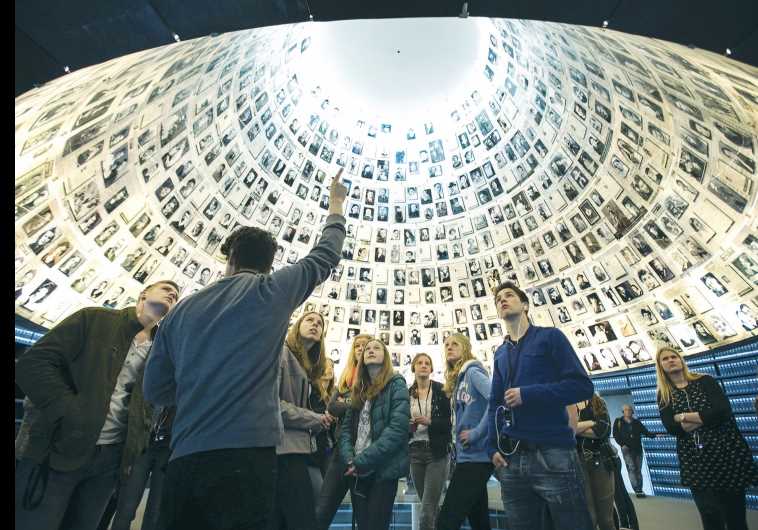Yad Vashem and Hewlett-Packard seek to bring big data to Holocaust education
Yad Vashem has been working on digitizing its massive archives for several years and has generated a wealth of data comprising video and audio.
 STUDENTS FROM Germany visit the Hall of Names at Yad Vashem in JerusalemUpdated:
STUDENTS FROM Germany visit the Hall of Names at Yad Vashem in JerusalemUpdated: